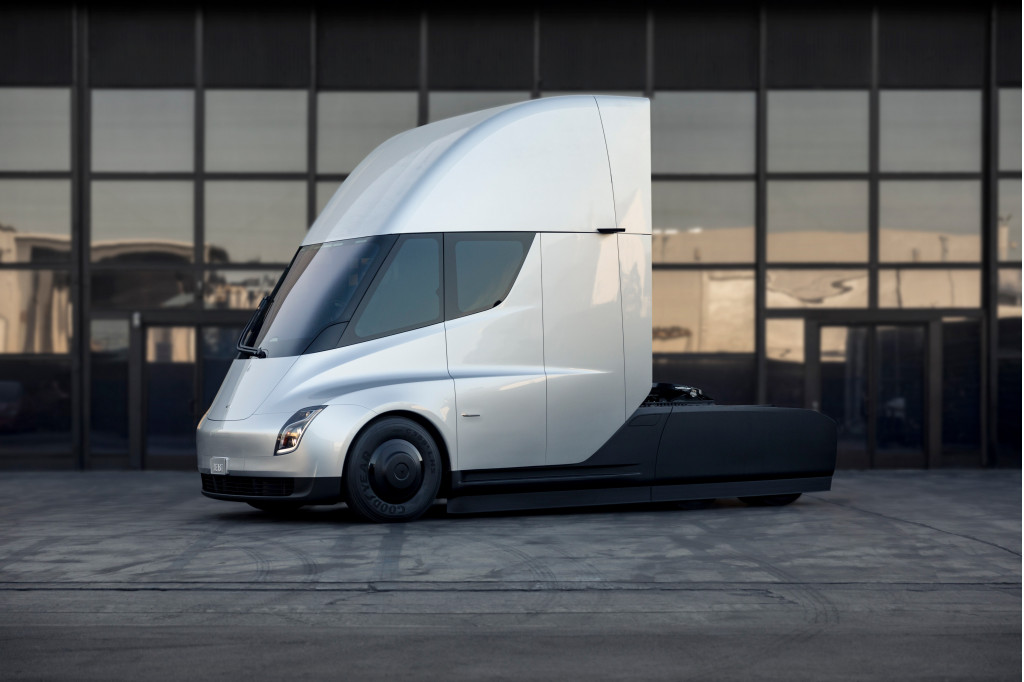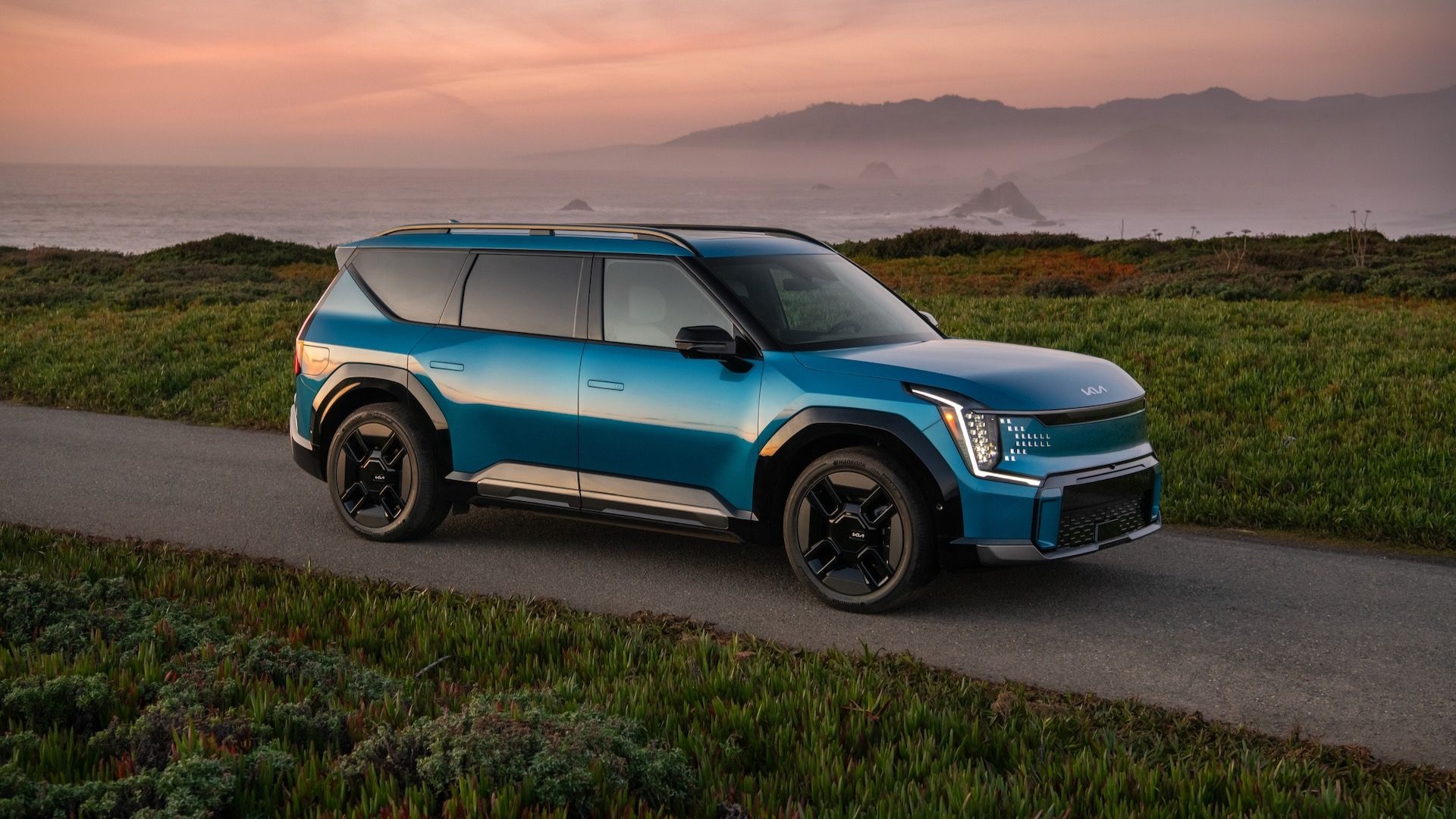Tesla has confirmed a $3.6 billion expansion of its Nevada battery "Gigafactory" that the company claims will supply over one million EVs annually.
The investment will add 3,000 new jobs and two new factories at the Sparks, Nevada, site, Tesla said in what reads as a press release—with a few more details confirmed as part of Tesla's quarterly financial call Wednesday.
One factory will be the first high-volume plant dedicated to producing batteries for the Tesla Semi, while the other will produce 4680-format battery cells, enough to supply 1.5 million light-duty vehicles annually.

Tesla Semi (Courtesy of Tesla, Inc.)
If Tesla can achieve that manufacturing capacity for its $3.6 billion investment, will almost certainly be the most efficient battery plant project ever, in terms of money spent compared to factory output.
"If you look at the size of Giga Nevada that is allocated to make 100 gigawatt hours, it's a small fraction of the size that currently makes 35," said Musk, who remarked that the company is now applying its advanced manufacturing toolbox to battery cell making.
"The goals we outlaid at Battery Day on reducing the investment required to deploy cell manufacturing, that's been a key focus of ours and the team has done a good job of hitting the marks on that focus," added CFO Zachary Kirkhorn.
Tesla announced the Gigafactory in 2014, with plans to produce 50 gigawatt-hours (gwh) annually by 2020, enough for 500,000 vehicles. The company said it's invested $6.2 billion to build the current 5.4-million square foot factory. A huge initial investment from Panasonic helped get the project started, and the Japanese battery supplier has remained involved as a technical partner.
![Tesla Gigafactory in Sparks, Nevada [CREDIT - YouTube user California Phantom] Tesla Gigafactory in Sparks, Nevada [CREDIT - YouTube user California Phantom]](https://images.hgmsites.net/lrg/tesla-gigafactory-in-sparks-nevada-credit--youtube-user-california-phantom_100655795_l.jpg)
Tesla Gigafactory in Sparks, Nevada [CREDIT - YouTube user California Phantom]
To date, Tesla says the Nevada Gigafactory has produced 7.3 billion battery cells (equivalent to 37 gwh annually), 1.5 million battery packs, 3.6 million drive units, and one million energy-storage modules for a total capacity of 14 gwh. Tesla also launched onsite battery recycling at the Gigafactory in 2019.
Meanwhile, Panasonic selected Kansas City last summer for what it has claimed will be the largest battery plant in the world—if you consider each piece of the breathtakingly large Nevada Gigafactory separately, perhaps. Panasonic later clarified that the "world's largest" claim for this factory—it's first battery plant in the U.S. outside of its Tesla partnership—referred to expected monetary investment.
With additional reporting from Bengt Halvorson












